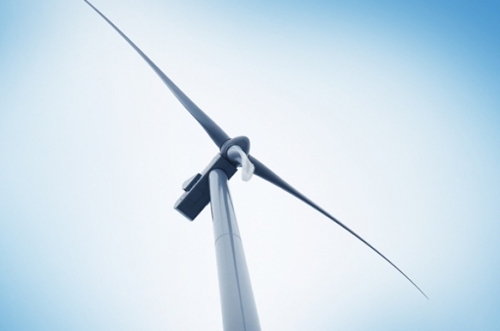
Industrial size wind power is running into opposition
BY: David T. Stevenson, Director, CRI Center for Energy Competitiveness
DATE : 8/21/2019
(photo credit: europa.eu)
Utility scale wind power projects are facing a number of obstacles. The extreme cases are in European countries that have been leaders in such projects, but resistance is also growing in the U.S. Concerns revolve around bird and bat fatalities, noise, health, and visual blight. Also, on three different occasions federal Production Tax Credits (PTC) have ended for wind projects in the U.S., and on each occasion, demand fell 85 percent. The PTC ends this year although projects started this year will receive the credit through 2020. Below is a list of specific examples of halted or delayed projects:
- Denmark has stopped all onshore projects because of a combination of health and visual concerns.
- German installations of new wind turbines fell 82 percent in the first half of 2019 from the same prior year period because of concerns about bird and bat fatalities, and noise. Wind power provides about 20 percent of electrical power in Germany.
- A $2.8 billion project off Martha's Vineyard has been delayed because of concerns about bird and bat fatalities, marine life, and overall environmental impact.
- The Oregon Supreme Court has halted a large project because of potential bird and bat fatalities.
- The North Dakota Public Service Commission stopped a project because of concerns about Bald and Golden Eagle fatalities.
- New York State stopped a project because of concerns about Bald Eagles.
- In Indiana, Tippecanoe County commissioners voted to prohibit wind turbines taller than 140 feet, about half the typical tower height of new projects. The commissioners decided the wind projects were crowding out other economic developments by using too much land. A typical turbine is placed on an average of about 130 acres.
The Wildlife Society, "estimated 888,000 bat and 573,000 bird fatalities/year (including 83,000 raptor fatalities) at 51,630 megawatt (MW) of installed wind?energy capacity in the United States in 2012", (https://wildlife.onlinelibrary.wiley.com/doi/abs/10.1002/wsb.260). Generation has roughly doubled since then. For more details see Robert Bryce's article in Real Clear Energy titled, "Big Wind's Headwinds", https://www.realclearenergy.org/articles/2019/08/16/big_winds_big_headwinds_110467.html . Wind power generated about 7 percent of US electric power in 2018, about four times as much as solar, a far cry from the 100 percent renewable energy targets being set by some states.